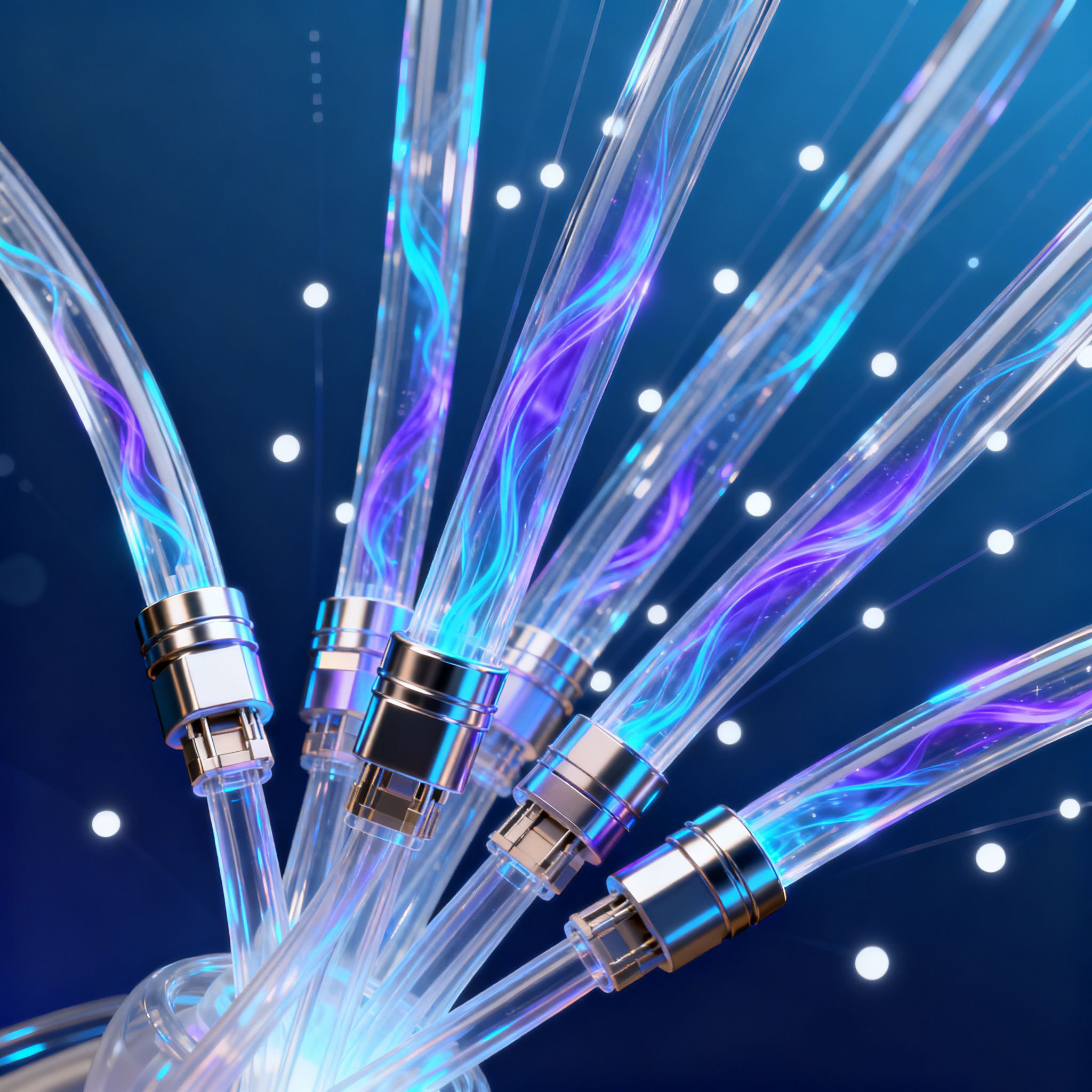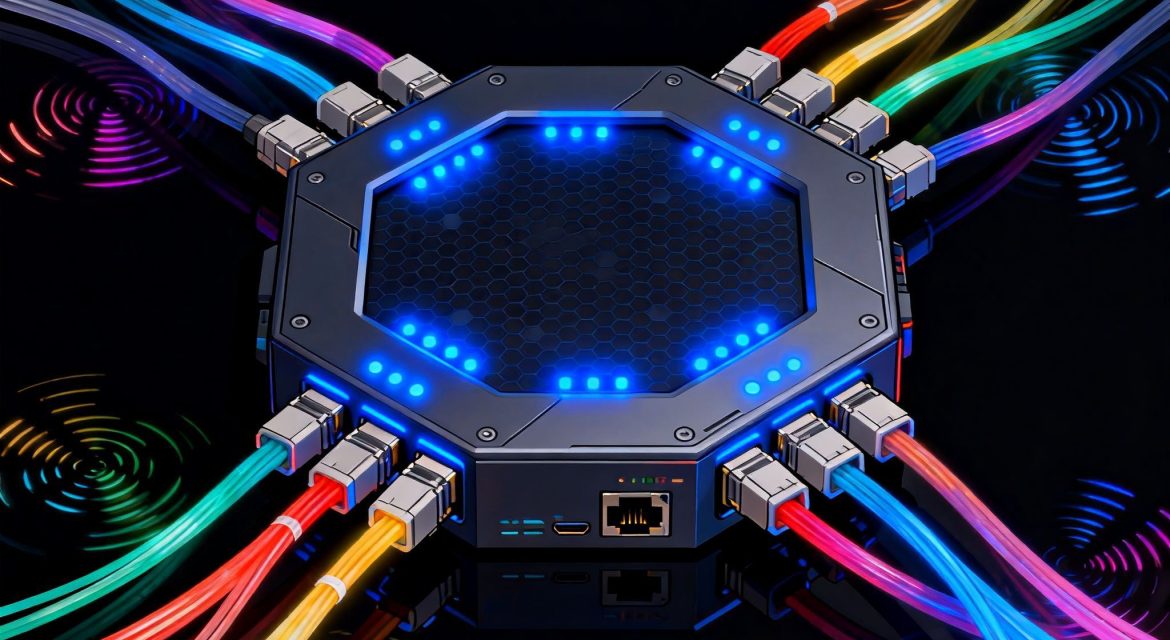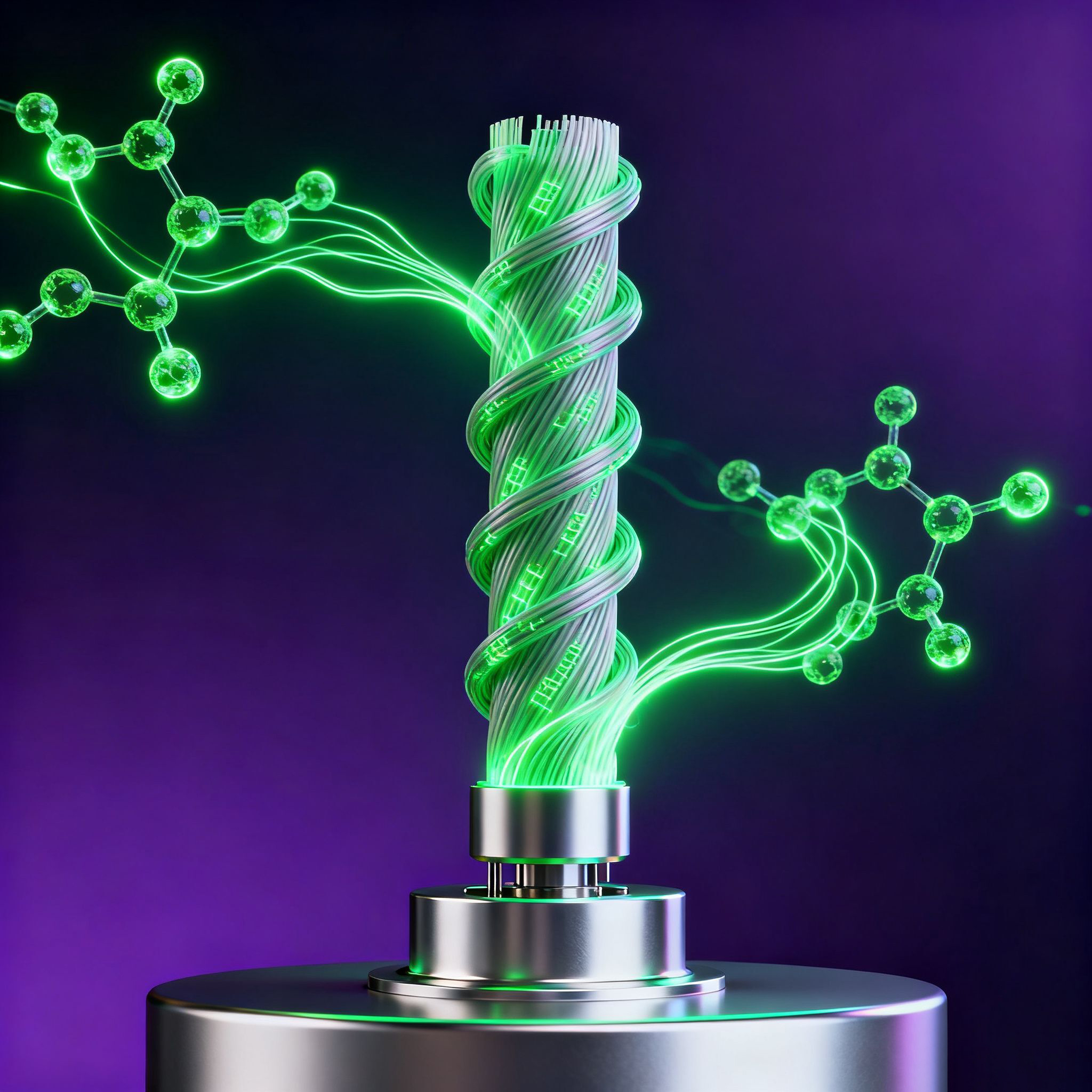Today, let’s talk about broadband optical fiber transmission. Maybe many people think this thing is quite high-end, but to put it bluntly, it is the foundation for us to surf the Internet, watch videos and play games now. Just think about it. If there were no optical fibers, how many years would life go back now? Even browsing a short video might cause it to freeze into a PPT, let alone remote working or online education.

The principle of optical fiber transmission is actually quite interesting. Unlike copper wires in the past that transmitted data through electrical signals, it uses optical signals instead. Optical signals travel extremely fast in optical fibers with very little loss, so they can be transmitted far and fast. This is like driving on a highway. The optical fiber is the wide and flat road, and the optical signal is the speeding cars. Moreover, there are no traffic lights on the road, and the journey is smooth and unobstructed.
However, optical fiber transmission is not without flaws. For instance, optical fibers themselves are rather fragile, and extra caution must be exercised during installation. A moment’s inattention could easily lead to their breakage. Moreover, the cost of laying optical fibers is quite high, especially in some remote areas, where satellite or microwave transmission may have to be relied on to make up for it. But in general, optical fiber is still the most reliable transmission method at present.
When it comes to depth, in fact, there are many technical issues involved behind optical fiber transmission. For instance, optical signals may experience attenuation during transmission, which requires the use of Repeaters to amplify the signals. For instance, although the bandwidth of optical fibers is large, as the number of users increases, the problem of network congestion will also arise. This is just like a very wide highway. If there are too many cars, it will still get stuck in traffic. Therefore, operators have to constantly upgrade their equipment and optimize their networks to ensure that our network speed does not lag behind.
In addition, the security of optical fiber transmission is also a matter worthy of attention. Although optical signals are not easily eavesdropped on, they are not absolutely safe either. Especially in some fields with high requirements for data security, such as finance and military, encryption technology must also be combined to ensure absolute safety.
Overall, although broadband optical fiber transmission seems like a technical job, it is actually closely related to our daily life. From the Wi-Fi at home to the local area network in the company, and then to the backbone network of the entire Internet, all rely on the support of optical fibers. In the future, with the development of technologies such as 5G and the Internet of Things, the demand for optical fiber transmission will continue to grow. Perhaps one day, the optical fibers we use can be upgraded again, and the transmission speed will increase several times. At that time, even the current term “lag” might become history.
So, although optical fibers are just thin wires, they are the “major arteries” that support our entire digital age. The next time you feel your Internet speed is fast, why not silently thank this little optical fiber in your heart?





